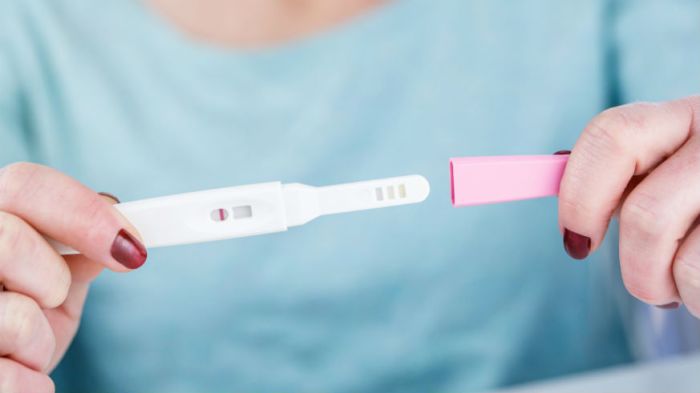According to the CDC, 15 percent of couples in America experience infertility issues. But seeking treatment for infertility is no easy process. It can be prohibitively expensive, emotionally and physically taxing and time consuming. A recent study showed that 25 million reproductive age women lack nearby access to fertility clinics.
The success rate of treatments varies widely depending on the age of the woman, the infertility diagnosis and the fertility clinic. While some women become pregnant after the first course of combined fertility medications and intrauterine insemination (IUI), others require multiple cycles of In vitro fertilization (IVF). And still others will undergo treatment after treatment and never conceive.
The cost also varies widely. Currently only fifteen states mandate that insurance companies cover infertility costs. Paying out of pocket can be exorbitant, with The American Society of Reproductive Medicine listing the average cost of an IVF cycle at $12,400.
It’s easy to be overwhelmed. Ahead of National Infertility Awareness Week, we spoke with NYU Langone fertility expert Brooke Hodes-Wertz, MD about what to expect if you’re not expecting.
Who should undergo fertility treatment?
The National Infertility Association defines infertility as “the inability to conceive or carry a pregnancy to term after 12 months of trying.” Hodes-Wertz tells us the recommendations vary depending on age: if a patient is under 35, it’s twelve months; over 35, six months; and over 40, three to six months.
The first step is a medical evaluation, in which a fertility specialist will assess everything from ovarian reserve (egg quantity and quality) to HSC (diagnostic hysteroscopy, which determines whether the uterine cavity is the normal size and shape) to the male partner’s semen analysis [sperm count and motility]. If the results show that everything’s normal, some patients decide to keep trying naturally; if abnormal, they’ll begin treatment.
In vitro fertilization is often not the first procedure
IVF is an assisted reproductive technology (ART), in which eggs are extracted from the woman’s uterus, fertilized with sperm externally, and then implanted back into the uterus. For women over forty, it’s appropriate to go right to IVF, Hodes-Wertz explains. Younger patients often start with an oral medication [to induce ovulation] coupled with an IUI [intrauterine insemination], although she notes that success rates are only 15 percent. If that doesn’t work, then patients move onto IVF.
Risk factors
The egg retrieval procedure that precedes IVF is minimally invasive and there’s a less than one percent chance of bleeding or infection, says Hodes-Wertz. One of the bigger risks is something called ovarian hyperstimulation syndrome, that occurs in women who have extra follicles on their ovaries. This can result in dehydration, bloating, blood clots, even kidney damage. Women who are considered high risk for OHS, by blood work and ultrasound, are given certain medications to help prevent this from happening.
Embryo testing is a promising new treatment
“In the last couple years, clinics including NYU Langone have started to test the fertilized embryos before we put them back (in the uterus),” Hodes-Wertz explains. This process is called preimplantation genetic diagnosis and screening, which tests the embryo for any chromosomal abnormalities (like having more or less than 46 chromosomes) that would prevent the embryo from implanting successfully.
Whereas before, fertility doctors would often transfer two embryos simultaneously to increase the chances of one successfully implanting, which would sometimes result in twins or triplets, now with embryo testing, specialists can insert one normal embryo at a time.
Another perk with embryo testing: Women can do several cycles of IVF to obtain multiple normal embryos, implant one, and then freeze the others to have in the future — a process called embryo banking, which is similar to egg freezing.
Wellness and infertility
Many patients are advised to do acupuncture or yoga in conjunction with their fertility treatments, which Hodes-Wertz explains can be very helpful for the patient in reducing anxiety.
However, “it’s another cost and time commitment that hasn’t been shown to improve your pregnancy rate, but might improve your experience, so it’s hard to recommend it widely,” she says.



















